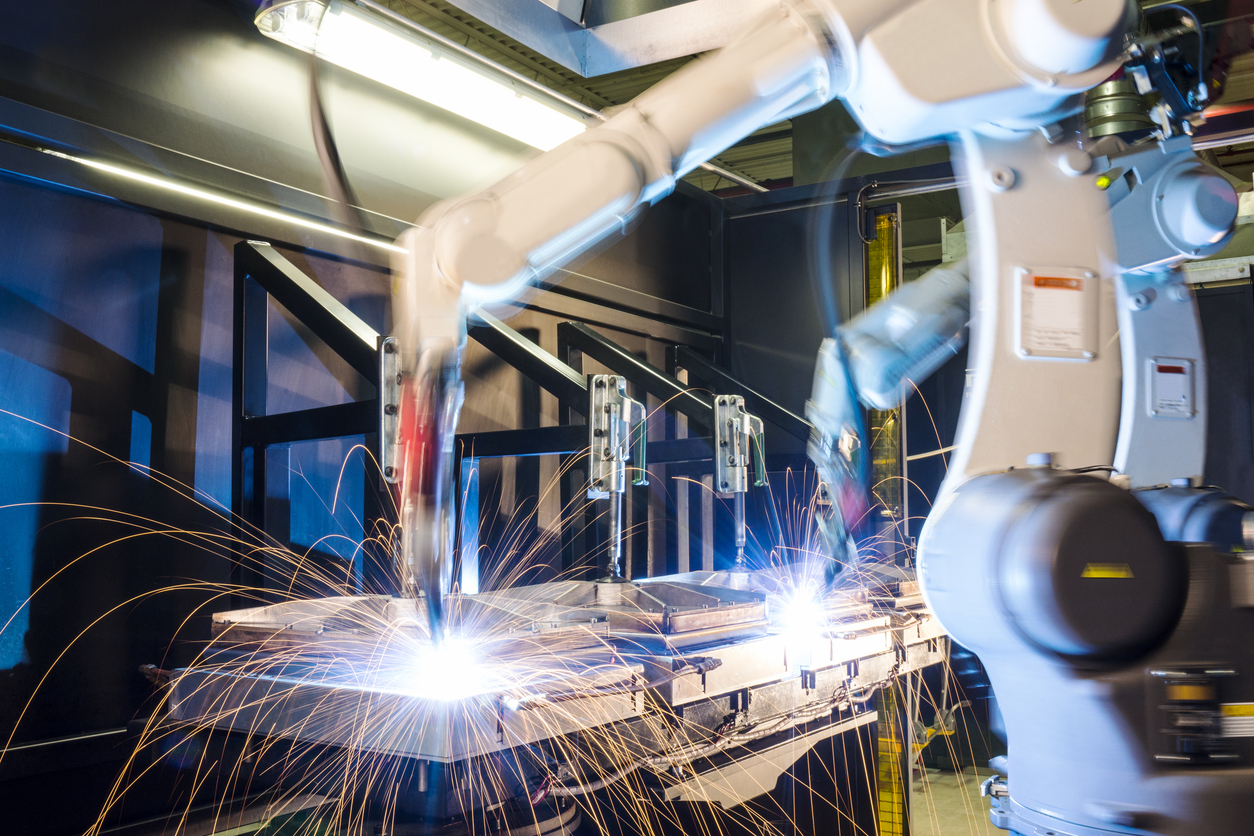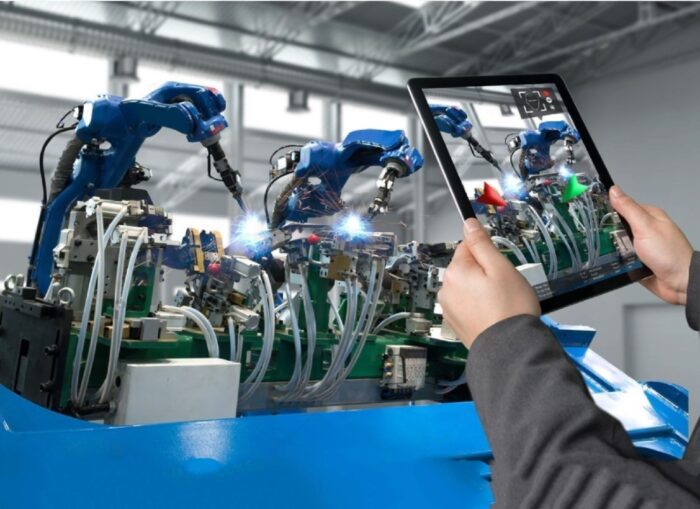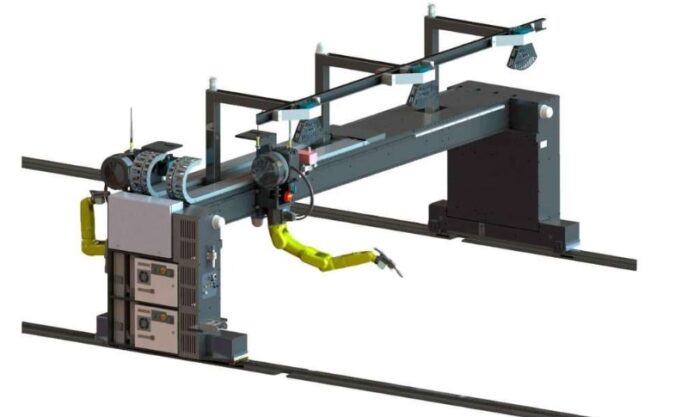
Incorporating automated welding in the workplace does not necessarily mean a replacement of all your staff with automated machinery. On the contrary, welding automation can mean an increase in productivity alongside a space in time where your employees can put attention towards increasing their skills to niche welding tasks instead of routine.
How Automated Welding Robots Can Add Advantage to Your Business
One of the ways that a classic welding robot can help to achieve better results is when welding on a downward slope. Commonly posed complications with additional material such as clamps getting in the way, or other objects placed in a restricting manner that might get in the way of the satisfactory completion of the piece.
It takes a skilled worker to make a well-completed joint with gas metal arc welding (GMAW). The main factor in achieving this is keeping a regular speed when welding along with the arc length. A skill called positional repeatability is also a large factor in a well-completed weld, alongside the torch angle.
The biggest factor in the success of automated welding robots is automation. When welding projects become automated, the consistency that it offers remains the top benefit to employers.
Among other topics that will be reviewed, consistency offers the luxury of repeatability with minimal breaks or stops. This alone allows an accumulation of significant results. Built with ease of programming in mind, once a robot is programmed it is able to continue its speed to 0.100mm.
4 Qualities of Automated Welding Robots
The advantages of automated welding robots can be broken down into 4 categories: scrap, quality, waste, and speed.
Let’s take a look at what these can mean for your business, and ultimately your profits.
1. Scrap
When using an automated welding robot, you will find that the results are achieved with consistency. This consistency in results leads to less waste or scraps. Because room for human error is removed from the equation, you will find that the amount of scraps made is at a minimum. This can work to your advantage in several different ways.
For starters, less waste means less toll on the environment. Additionally, in jobs that use expensive materials and advanced techniques, you generally will not need to source an extra budget to compensate for any error.
Your client may also have increased trust in your product and services knowing that automated robots will be used. This is again due to the removal of the risk of human error, or multiple people working on the job that may hold varying amounts of skill.
2. Quality
Achieving quality results means maintaining consistency in the work processes. With detail to each job executed with the same amount of precision each time, the results achieved will be consistent and products will be identical. With the reliance on automation technology, both your products and brand can become regarded with respect and become synonymous with reliability.

3. Waste
As mentioned above, waste can accumulate fast when scraps are continuously being produced. This is not the only amount of waste that can be used unnecessarily, however. Materials such as filler metals, fluxes, and gases are commonly used in excess during the welding process which can lead to large amounts of unnecessary wastage.
With wastage not only affecting costs but taking a toll on the environment, implementing automated welding robots into your routine can help to reduce or even deplete some of this wastage. The results in savings and materials will become noticeable over the course of time.
4. Speed
While humans naturally need to take time to produce any product, automated welding robots can carry on with the job with record speed. Because there is no concern regarding an injury. With no burning or physiological pains to worry about, a welding robot can continue the job with an exact cycle completion time – every time.
Because of this, scheduling becomes a breeze, as you can always rely on the time that the product will be completed. This in turn will produce a higher rate of customer satisfaction and repeated business.
In continuation with speed, the processing time regarding preparation and clean-up is lessened. This as well contributes to an overall more efficient welding process where outputs can be increased significantly.
2 Significant Benefits That Come With Incorporating Welding Robots Into the Workplace

Two other areas that you find will make a difference to your welding business come in the form of financial opportunities and the quality of the product. To be precise, here we are looking at the benefits that automated welding robots can add to the overall profitability of your business.
Better quality products
Welding in general is not an easy feat. The position that you need to carry throughout the day can cause physiological aches and pains. Additionally, the protective equipment necessary for physical safety can be heavy to wear and quite laboursome.
Continuing with safety in mind, welding carries multiple chances of injury. Burns is among the most common of these, with sometimes debilitating burns occurring.
Financial benefits
While automated welding can bring many benefits to any form of welding material production including small amounts, long-term welding processes are where you will really find a significant ROI. Automated robotic welding can provide many financial benefits.
Automated welding robots can even be programmed to operate throughout nonwork hours such as the evenings and weekends. This can boost your output exponentially.
Conclusion
Incorporating automated welding products into your welding business can lead to many business advantages.
Even though the initial investment can be pricey, the returns can be made up for it by tenfold with reductions in manufacturing time, waste, injury, and human error.
In summary, using automated welding robots in your welding business can:
- Save on production time
- Minimise safety and labor costs
- Produce high-quality products
- Increase overall productivity
- Allow a reduction in waste
- Create a wedge between you and your competition









